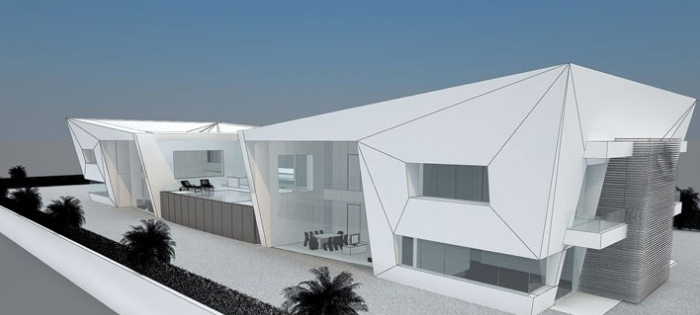
The world of architecture and design is evolving continuously and the role of 3D rendering in architectural visualization has grown exponentially. Thanks to advancements in technology, architectural visualization is becoming more sophisticated, realistic, and efficient.
Here are some exciting trends and innovations shaping the future of 3D rendering.
One of the most significant trends in architectural visualization is real-time rendering. With the aid of powerful GPUs and software solutions, architects and designers can now interact with their 3D models in real time. This allows for quick design iterations, immediate feedback, and a more immersive client experience.
VR and AR technologies are revolutionizing the way architects and clients experience designs. VR headsets provide an immersive, 360-degree view of architectural spaces, while AR overlays digital information onto the real world.
Artificial Intelligence and Machine Learning are changing the game in 3D rendering. AI algorithms can analyze design data, generate photorealistic imagery, and even predict possible design flaws. The ability to automate mundane tasks and enhance design quality has led to a 64% increase in architectural firms adopting AI-driven rendering tools.
Sustainable architecture is on the rise, and 3D rendering plays a pivotal role in visualizing eco-friendly designs. Advanced rendering techniques can simulate natural lighting, energy consumption, and material choices to create more sustainable buildings.
Achieving photorealism in architectural visualization is a top priority. New rendering tools and libraries allow designers to create hyper-realistic materials and textures, from weathered wood to gleaming glass.
Mobile devices and cloud-based rendering have democratized architectural visualization. Designers can work on their projects from anywhere, and clients can view them on the go.
The future of 3D rendering is collaborative. Online platforms and tools allow architects, interior designers, and other stakeholders to collaborate on projects in real time.
Hybrid rendering combines the power of both CPU and GPU rendering, resulting in faster and more efficient rendering processes. This approach has led to a 25% reduction in rendering times, as found in a study by the World Design Federation.
The future of architectural visualization is a dynamic landscape filled with innovation and promise. The adoption of these technologies is contributing to more efficient and sustainable architectural design processes.Architectural visualization will continue to evolve, offering architects, designers, and clients new ways to explore and experience the spaces of tomorrow.
Shree Design Team stays ahead of the curve to render a seamless experience to all it client with the adoption of advancements in architectural design process.
Need a design for your next project? Give us a call!
© Copyright 2021 SHREEDESIGNTEAM. All Rights Reserved